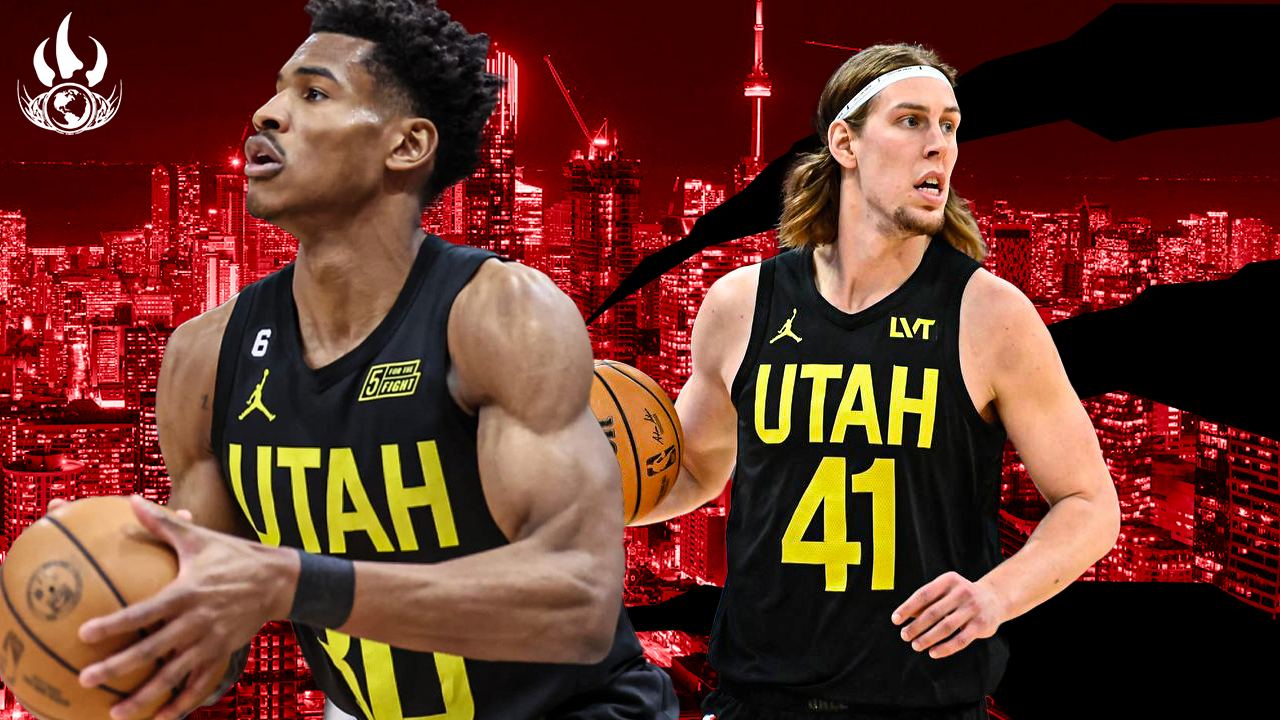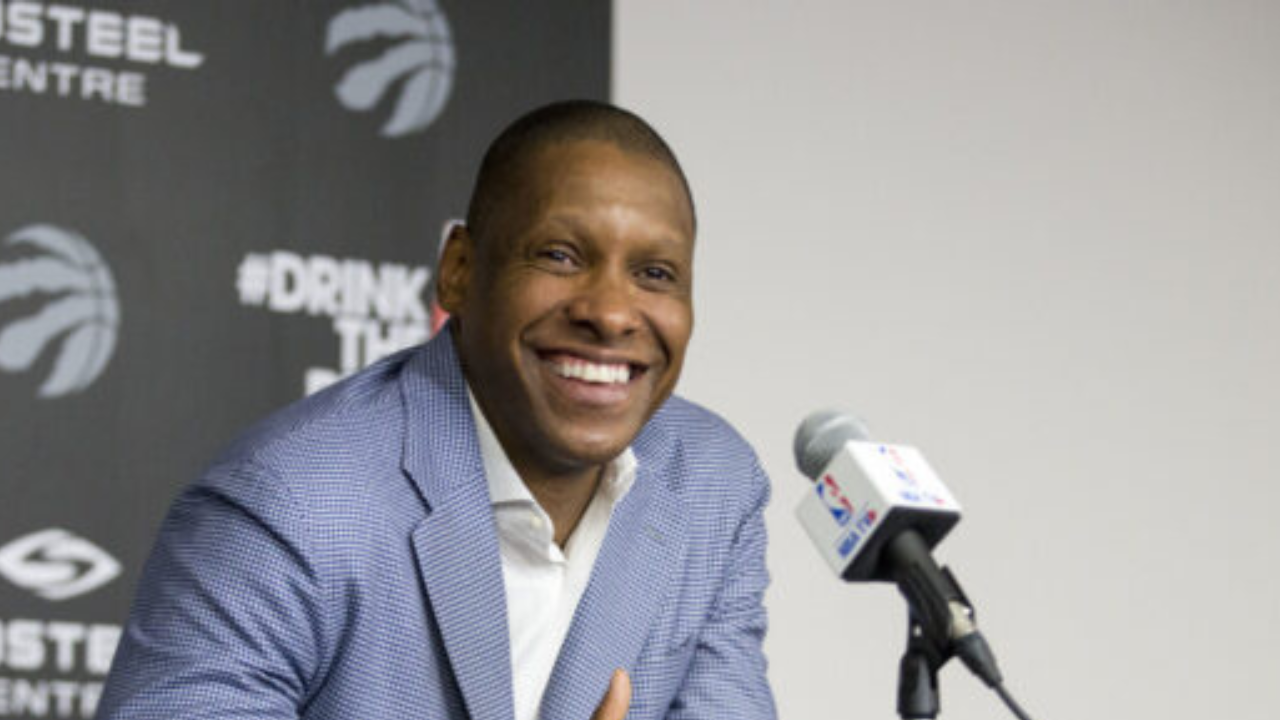The trade deadline stays thundering all around us, so I’m going to keep this a little bit briefer than usual. But Toronto just acquired two rotation players, so let’s chat about what they’re like on the court.
Kelly Olynyk is the easier player to describe. Picture Darko Rajakovic’s offense: Cutting, passing, shooting. Yeah, that’s Olynyk. He has quietly built himself into a 10-point-per-game scorer for his entire career, give or take a point or two. He’s a career 37 percent 3-point shooter, but he’s been at 40 percent for the past two seasons. That’s crazy for a big, but he can slot in at the power-forward position with ease as well. He’s also throwing 4.4 assists per game this year (!), which is one of the best marks in the league for a center. The man can ball.
Whether he remains a Raptor remains to be seen. I’m not going to go too much deeper into Olynyk because we just don’t know where he’ll be when the day ends. If Toronto, I’ll write more.
Agbaji is a second-year player, but he’s already almost 24 — he played four years in college at Kansas, improving consistently every year. In Utah, he has been more or less banished to the corners. While he’s only a middling 3-point shooter overall, he attempts a quarter of his shots from the corners and has hit in the mid-40s there both years of his career. He is one of the league’s better corner shooters. He stands 6-foot-5, which is just about average for a shooting guard.
He does basically no initiation of any kind, not in the pick and roll, not in isolation. He almost never drives the ball. But he is a shooter; he uses a lot of off-ball screens, particularly wide pindowns. Which — because he lives in the corner, it makes sense that his primary action would involve running somewhere from the corner. The Jazz did experiment here and there with Agbaji as an on-ball screener, but it never really did much damage. The numbers are very poor there. He is shooting well at the rim this year after a poor rookie season.
Toronto will surely want him to grow his offensive game, and the next area has to be in getting to the rim. The Raptors will want him to stretch his legs as a cutter towards the rim rather than purely away from it with pindowns. And his driving game will have to burgeon if he is going to become the best version of himself. Today’s NBA has no room for players who can’t do something with the ball if they’re forced to put it on the floor.
Right now, he profiles as a 3-and-D player. Those sort of peaked in 2017, but Toronto has enough movement and cutting and driving (hopefully) in the rotation that adding a pure shooter might help. Or he grows his game and becomes a more capable screener and secondary initiator and cutter and all that. Toronto will find out over time, surely.
On the defensive end, Agbaji has largely been used at the point of attack. Toronto needs that! He is more than capable of going over screens and herding players inside the arc or keeping the shell intact by switching. He can die on screens, and he has a tendency to open up his hips to allow drives, but he has a very fast ability to recover and stay in the play. He battles, and he’s not afraid to help box out a big when the team is in rotation. He contests a lot of shots, and for a shooting guard, he’s not a bad option around the rim.
Agbaji will probably fight Jordan Nwora for rotation minutes. They both are shooting guards, with an emphasis on shooting. While Nwora is more comfortable slithering around the perimeter, Agbaji is better at forcing misses, particularly in the paint.
Either way, the Raptors have added two NBA-caliber rotation players. They sent out Kira Lewis jr. and Otto Porter jr., neither of whom were in the rotation. The first-round pick is a very, very late one from this year’s draft, and Toronto already should have multiple picks earlier than that. The team will be better as a result of this deal.



